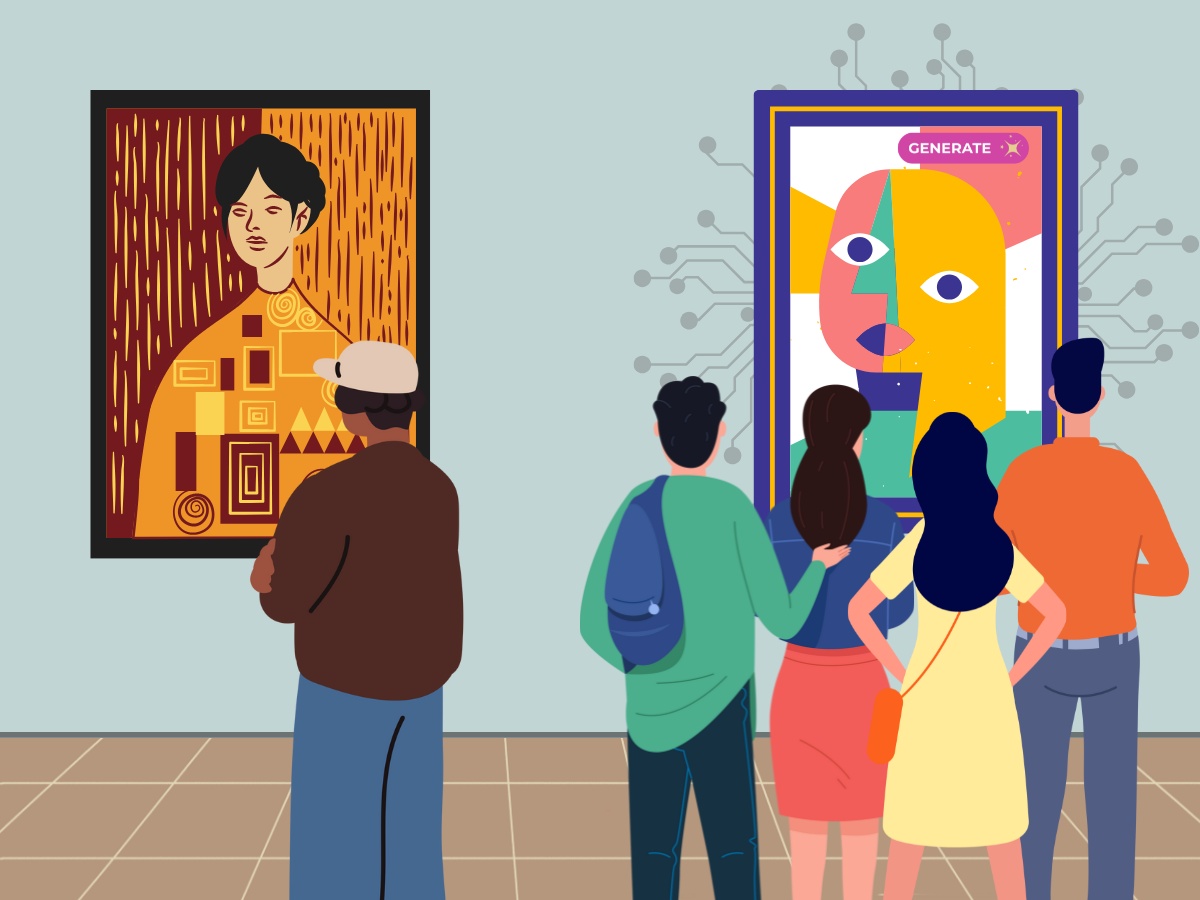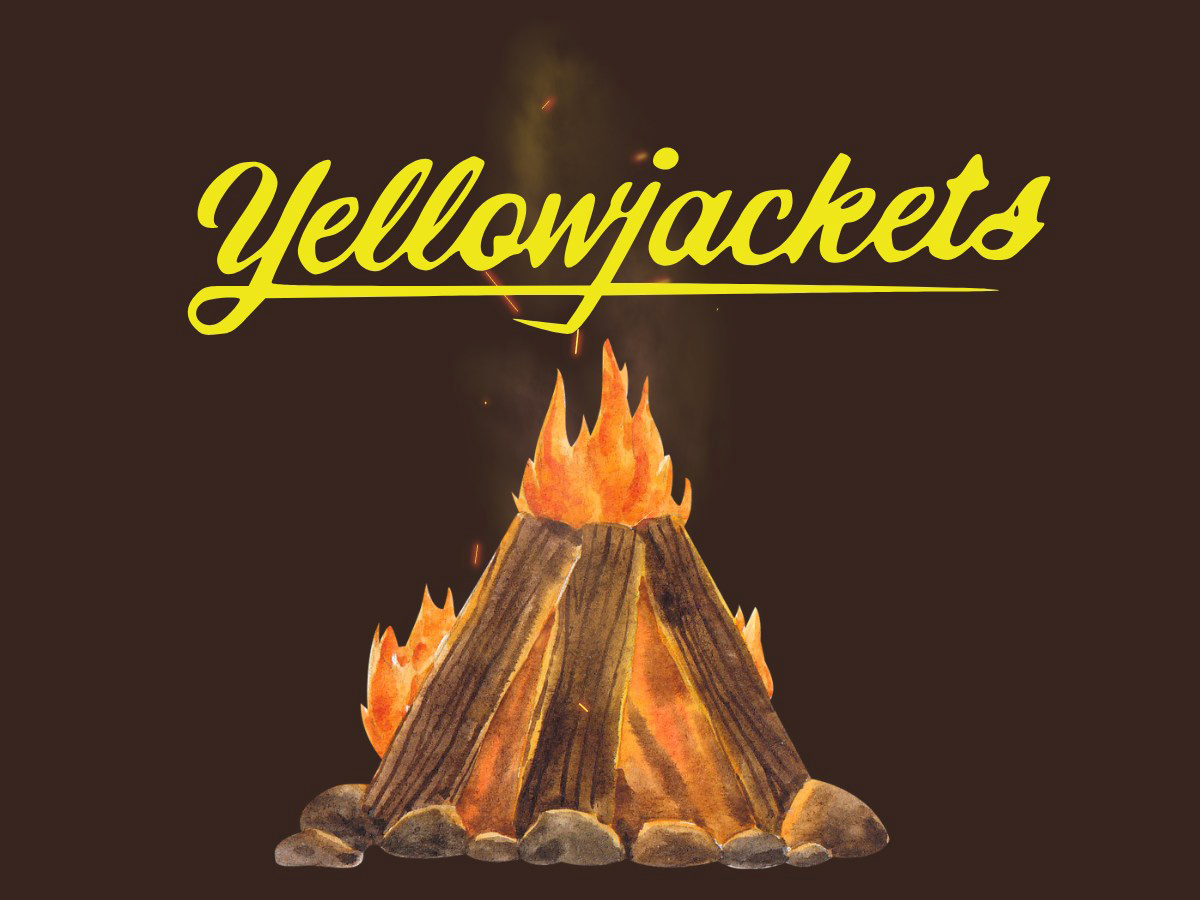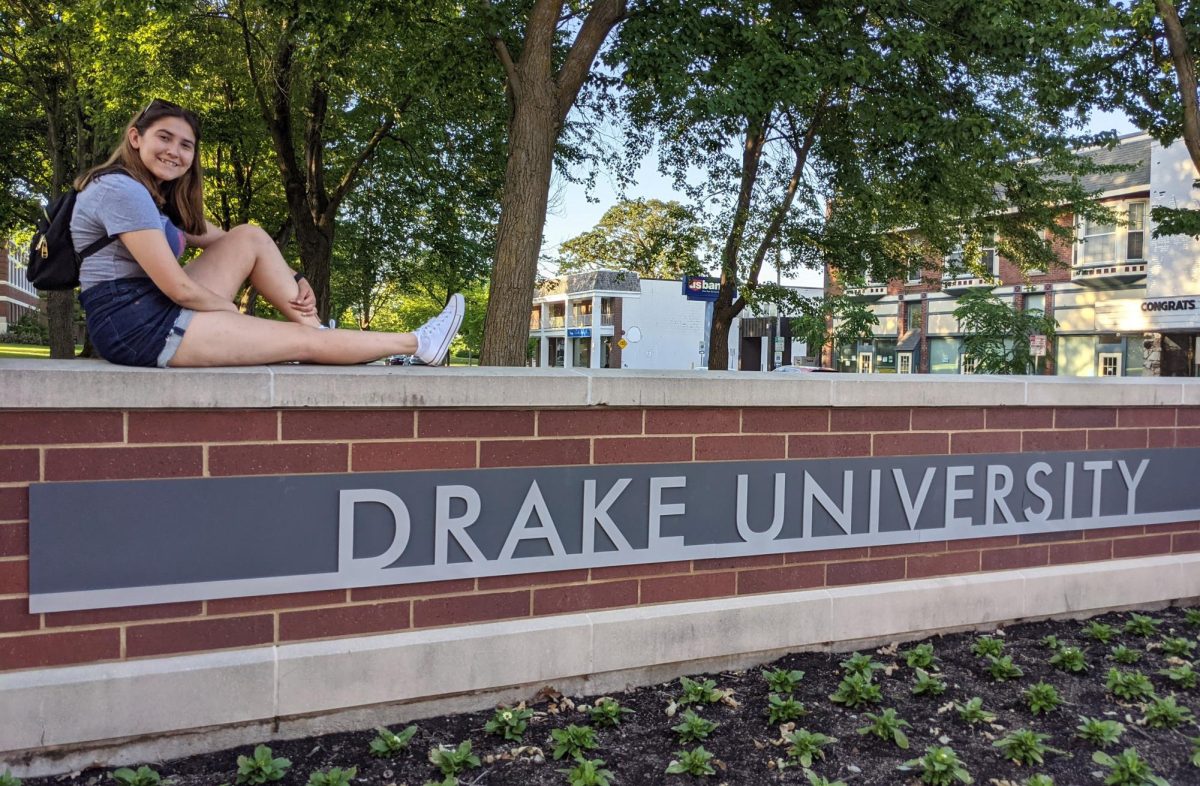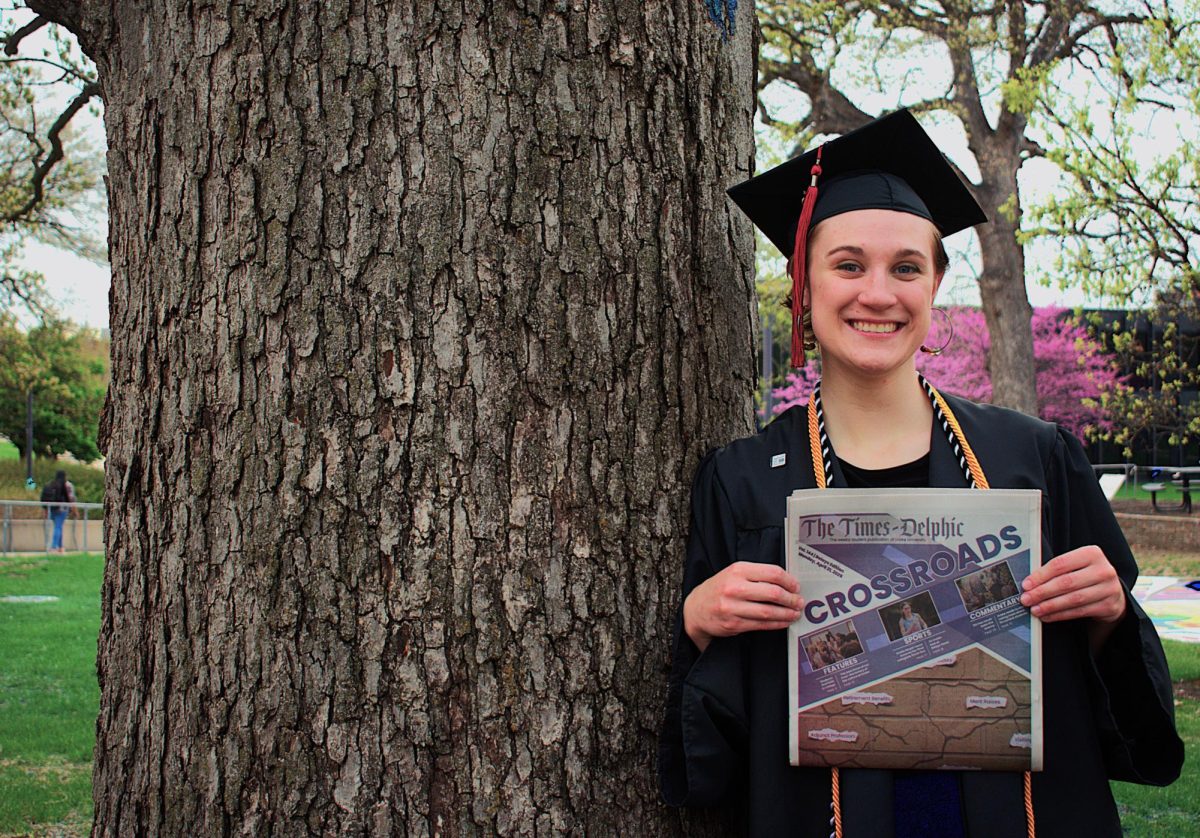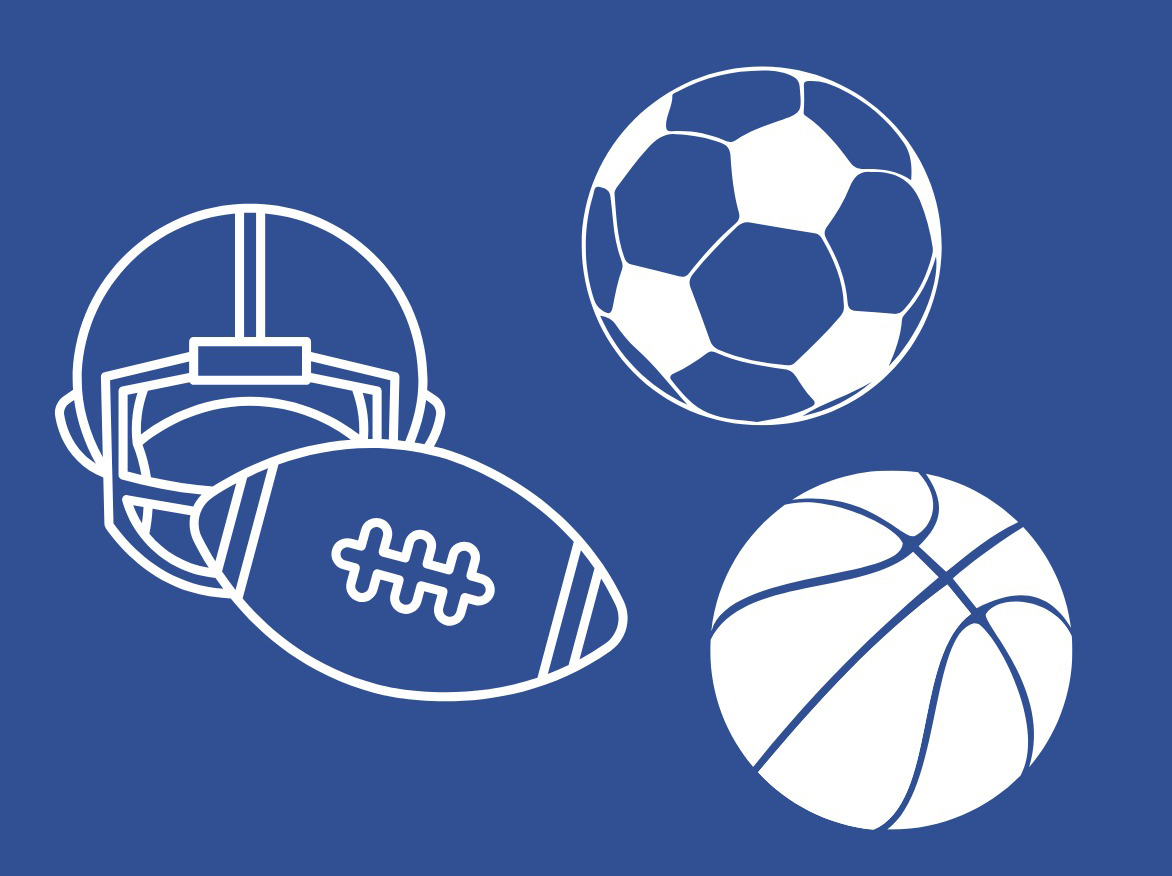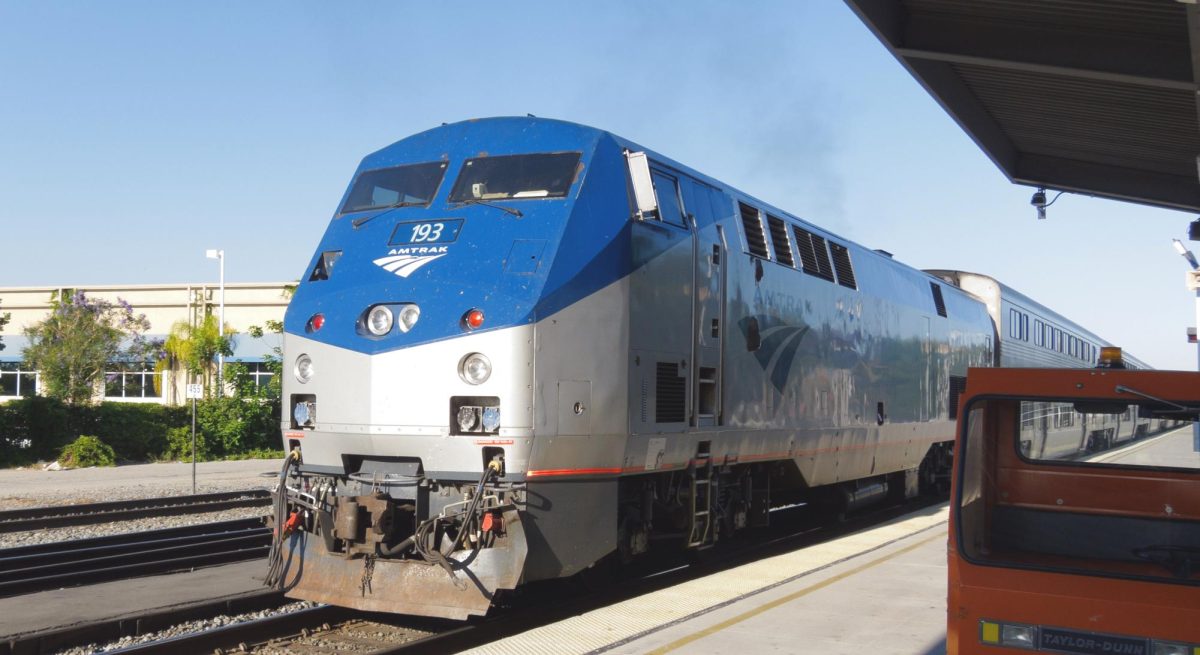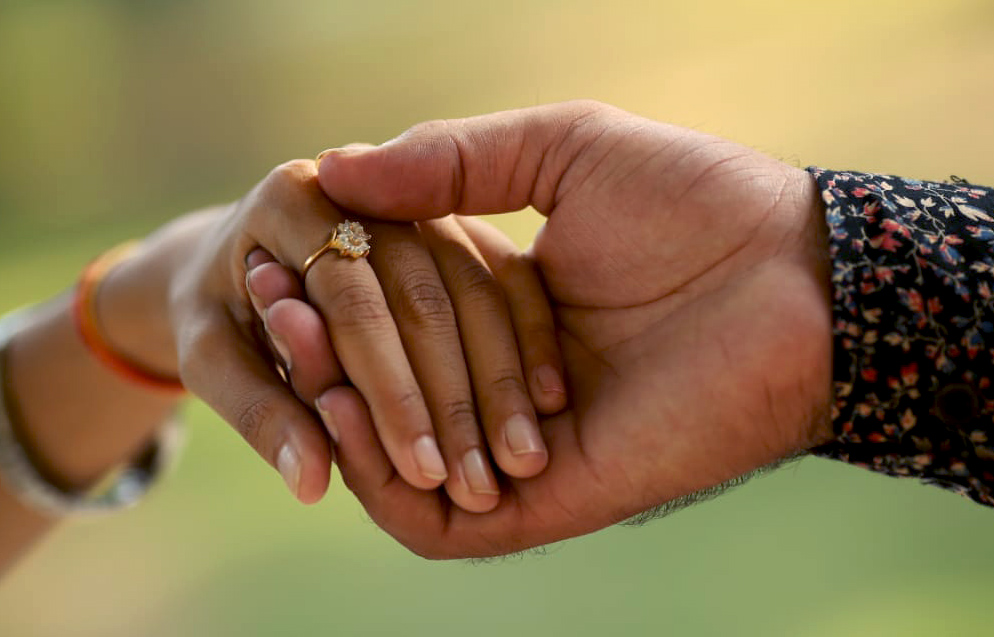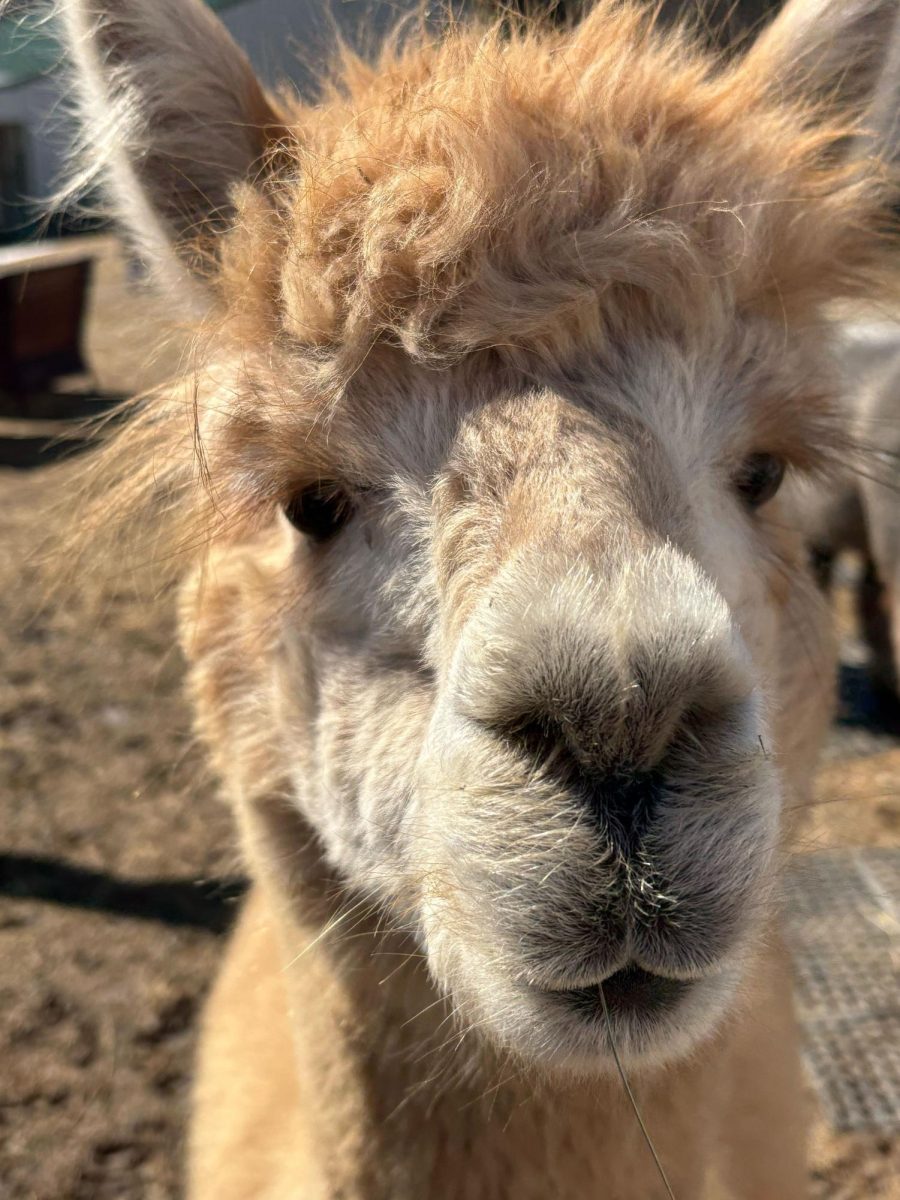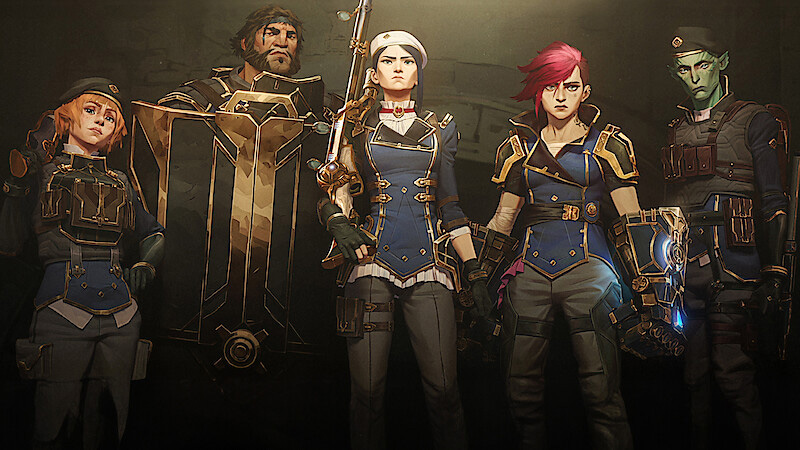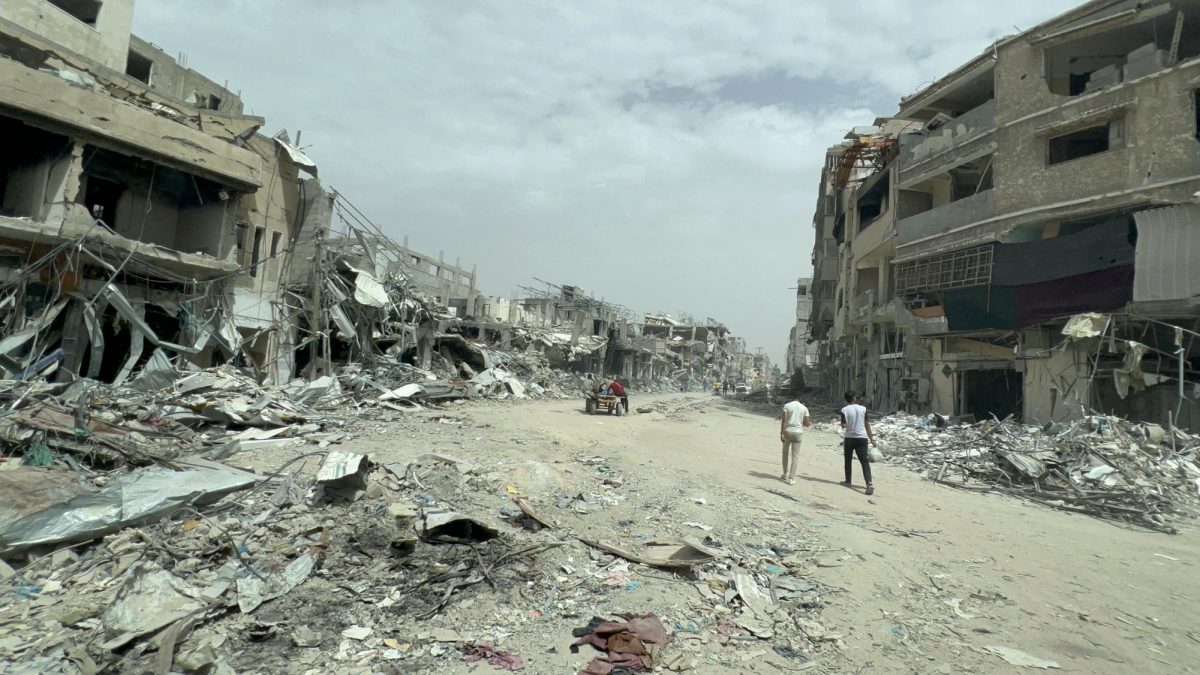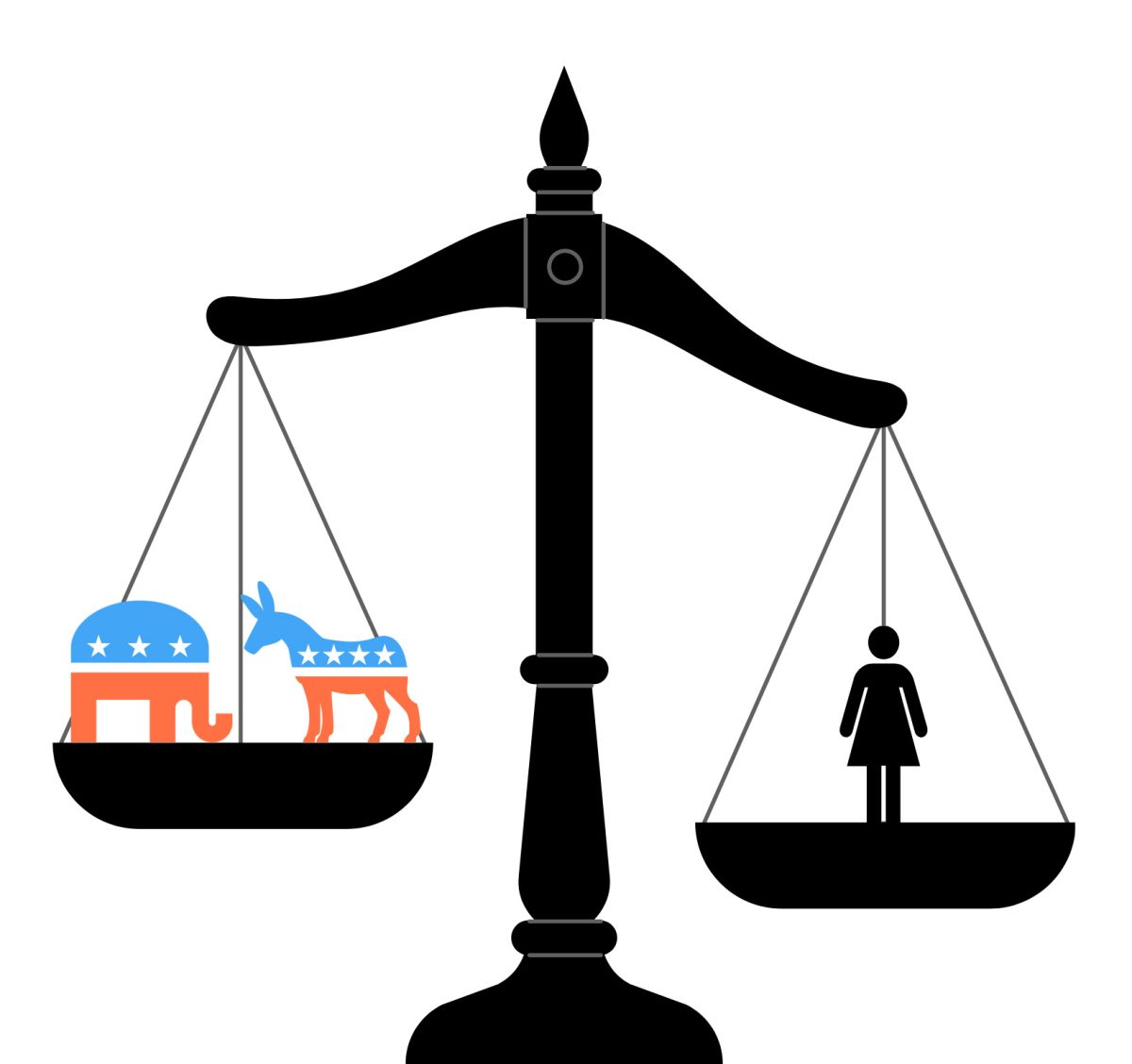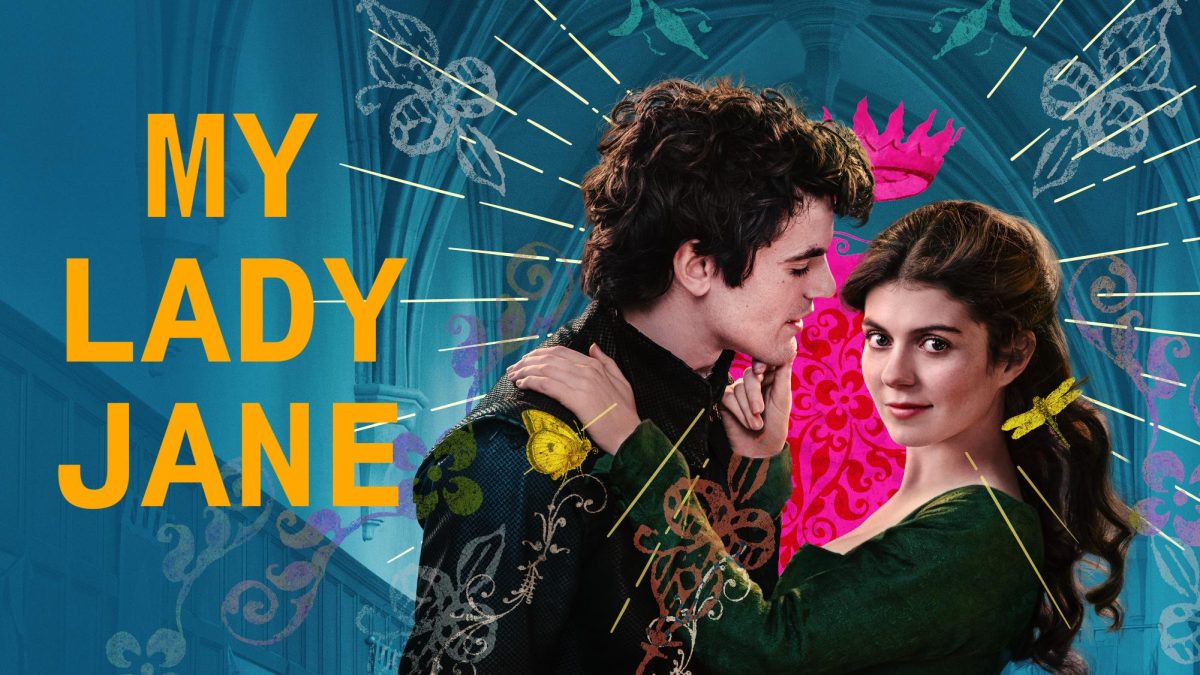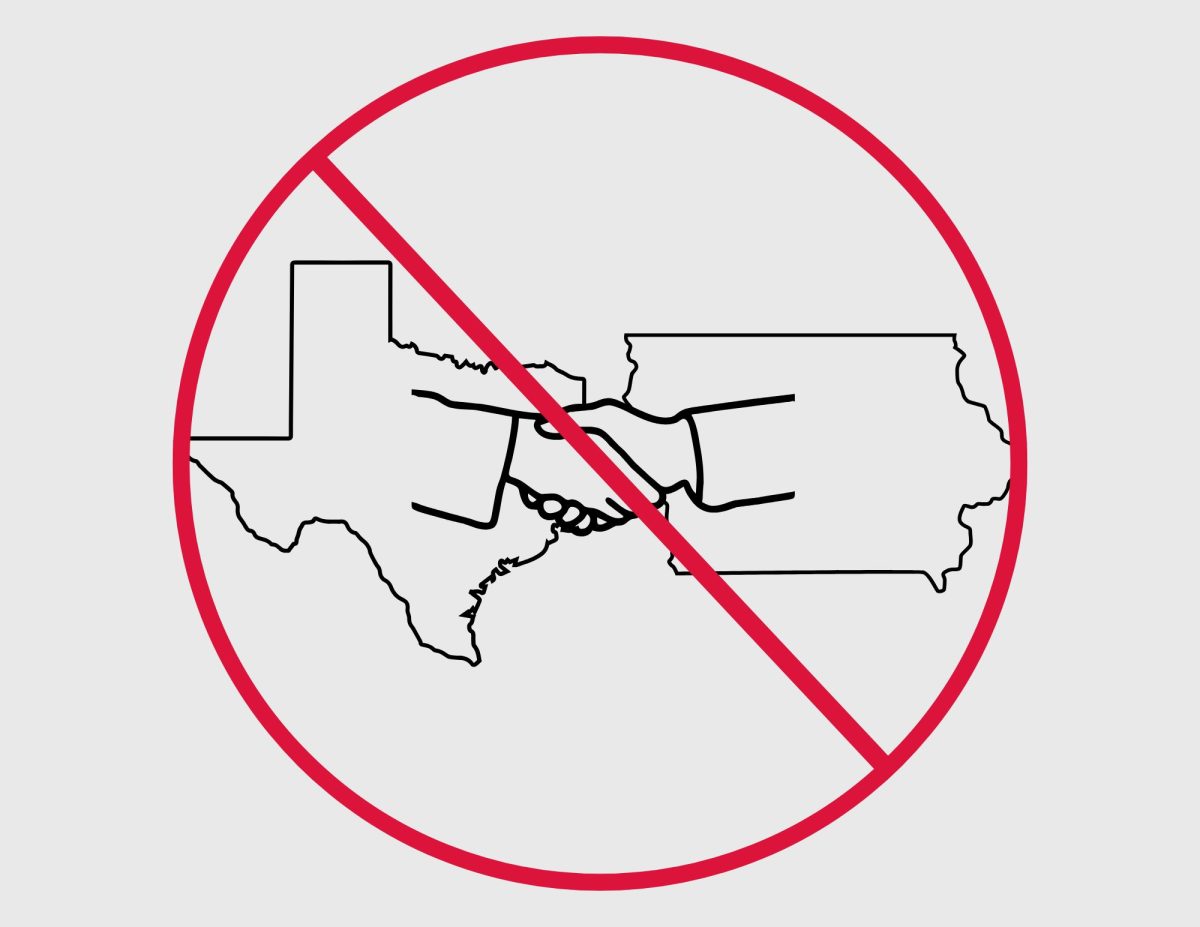In the past year, AI has progressively become less of a novelty and more of a constant in our society. AI-generated images litter the internet and the real world. Recently, Duolingo announced it was to be an AI first company. During the Super Bowl, Coca-Cola displayed an ad made using video generation. Even the company that owns Dungeons and Dragons, Wizards Of The Coast, has experimented with AI art in promotional materials (which they have since walked back). It’s getting harder and harder to tell in this day and age what’s AI-generated and what isn’t, so it’s harder and harder to hold corporations who do use AI generation accountable. While that is worrisome enough, we are now seeing what I think is a problematic shift in the general perception of art. I’ve seen more and more people parroting a simple belief that human art is no longer as valuable.
This belief is extremely problematic because AI is stealing art, not creating new pieces. A generative AI is only as good as its dataset. Its dataset is provided by us. It grows by feeding off of creative work with no actual care for the creators and how it impacts them.
In her article “How AI is Stealing Your Art,” Julia Bausenhardt noted a moment in which she found out her art had been used without her consent to create an AI dataset by using a website that traces if content made by a creator has been used to train a dataset. Bausenhardt was understandably very upset and wondered about how she could still turn a profit “If I can’t manage the rights to my art and decide who is allowed to do what with it, it becomes worthless,” she says.
One prevalent school of thought is that AI makes art more accessible. While Drake provides events such as the Anderson Gallery and various opportunities for artistic students to display their work, there are likely some students who would rather use what they view as a more accessible form of art. This belief seems to stem from the idea that anyone can generate an image using AI. The time and effort and skill required to make art turns some people away from it, but I know, personally, I’d rather see something someone made by hand even if it isn’t perfect, as opposed to the slop AI tends to generate.
AI doesn’t make art more accessible, it gives you an easier tool to steal art with.
A different perspective I’d like to offer is that by taking these actions, art becomes less and less accessible. What happens if and when these free tools become paywalled because the companies who make them realize they can make much more money selling us their plundered work? What happens when, one by one, we lose talented creators due to the fact that they can’t find work because an AI company has already found a way to copy them? We will slowly and surely lose our ability to create because of a push for the easy path.
We as students need to remember that we only succeed if we can build each other up. This means avoiding tools like AI art. If we give up human creativity to AI, we give away the ability to create to the owners of AI companies. The real cost of using AI in art is a complete disintegration of how we present art.
In your internships, organizations and class presentations, strive to use human art. When we uplift the artistic community, we will find that everything is more soulful and that art is far more accessible when we work with creatives rather than against them.

